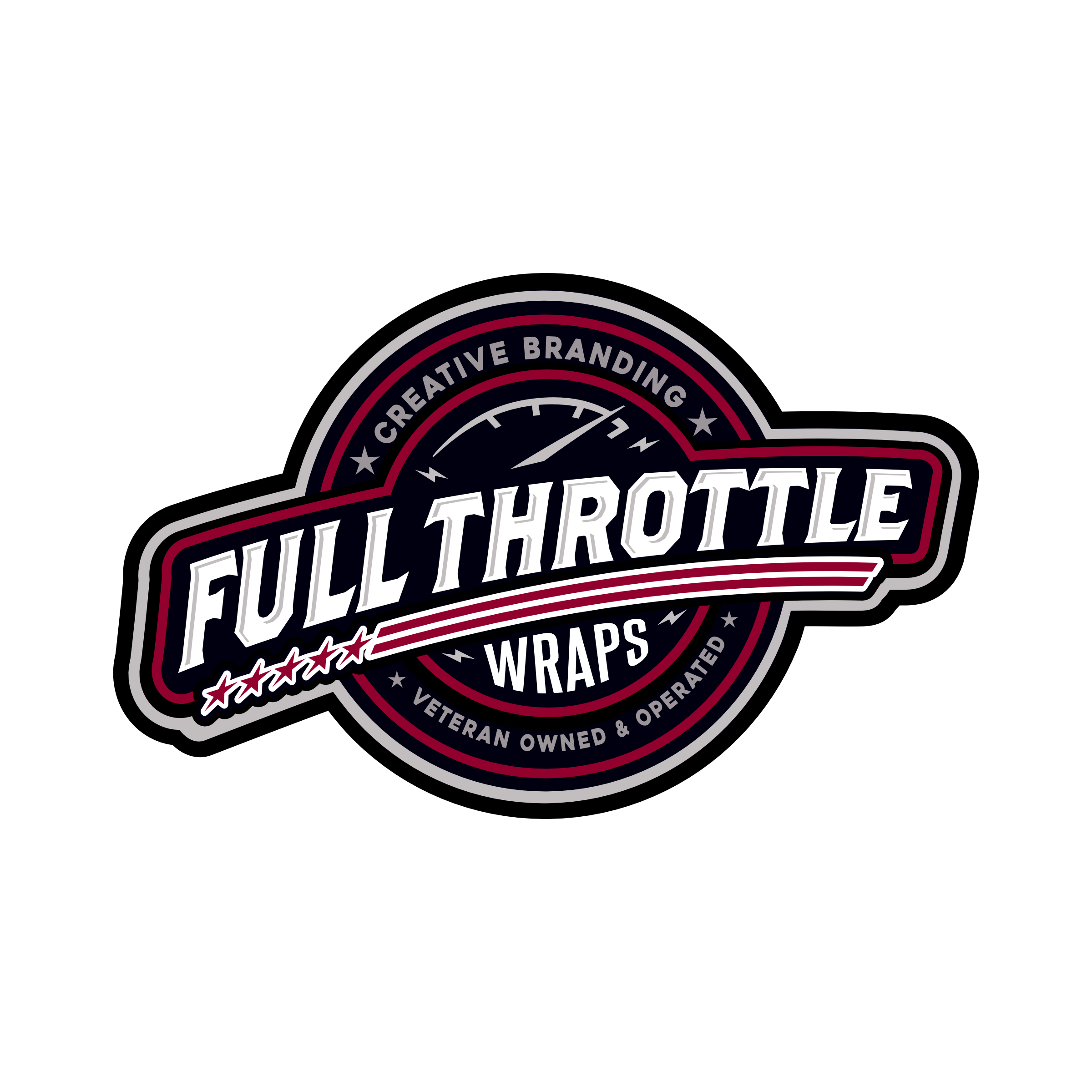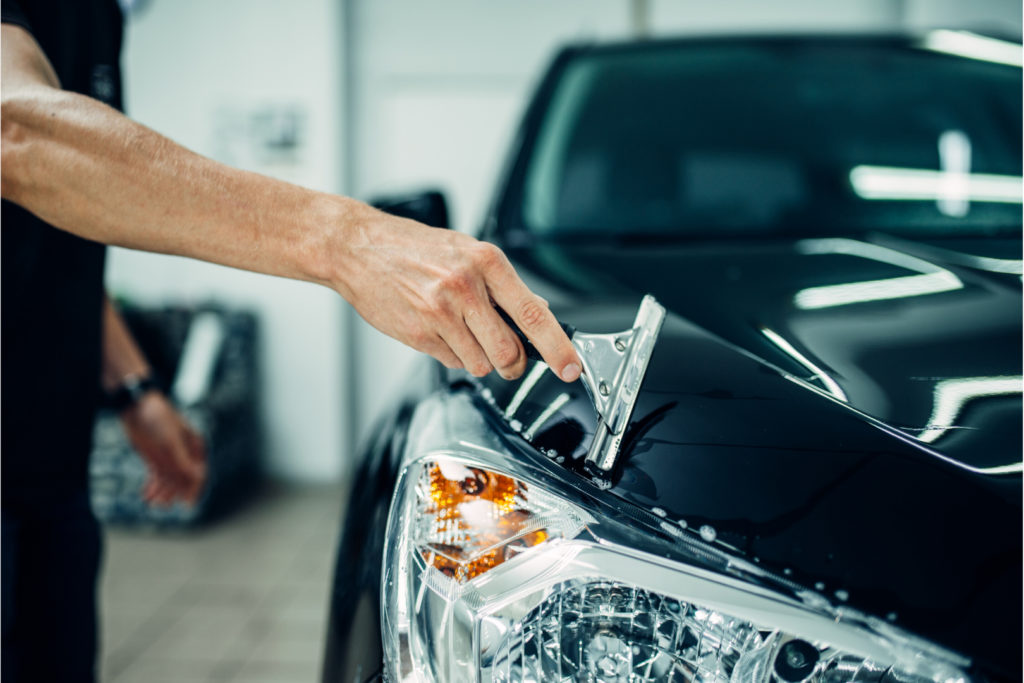As a consumer, you care about the quality of products and services that you receive from commercial companies. After all, you don’t want to purchase a new phone, install a new AC system, or get a new truck wrap today just to find it damaged tomorrow. That’s frustrating, not to mention a waste of your time and money! Choosing a business that is committed to quality and customer satisfaction is important from the get-go.
At Full Throttle Wraps, we’ve made it clear that we only use the highest quality products as designated by 3M, the leading manufacturer of graphics and signage solutions. Today, we’ll be discussing why we opt for cast film over its sister product, calendar film, in our Oxford, PA, shops.
What’s the Difference?
Vinyl film is the unsung hero across all print shops. It can usually be found in these two major forms: cast film and calendered film. Although they’re made from the same basic materials — polyvinyl chloride (better known as PVC) polymer, plasticizer, pigment, etc. — the big difference between the two lies in the manufacturing process.
Cast film has a very precise production process, resulting in high-quality film that is ductile and heat resistant. To start, the ingredients are measured accurately and blended together in a specific order to ensure the mixture reaches the best consistency. Once it is ready, the mixture is poured onto the casting sheet and processed under incredibly high temperatures to bond the film together. Casting sheets are usually outfitted with a gauge that measures between one to two millimeters thick. This creates very thin, but strong film that can be adhered to a multitude of surfaces.
Calendered film, on the other hand, uses a slightly different method of production. Almost the same ingredients are blended together and fused under high temperatures (though not nearly as high as the temperatures used in cast films). While the mixture is still warm and malleable, the film is passed through giant rollers that generate a thickness of about three to four millimeters. Therefore, calendering film is not as thin, flexible, or heat-resistant as cast film.
What Are the Benefits of Good Vinyl?
- Less Shrinkage: You don’t have to worry about your vinyl shrinking or warping. Since the cast film was cured as a thin sheet, it holds its form very well.
- More Durability: It’s a well-known fact that cast film is the vinyl of choice for longevity. The materials and manufacturing process creates a product that doesn’t damage easily.
- More Value for Your Money: Unless your vinyl wrap takes a beating from outdoor debris, extreme temperatures, or human interaction (like a car crash), cast films will keep your vehicle covered and guarantee your happiness for years to come.
- Better Color Absorption: Cast film can absorb and retain pigment well, providing high-quality colors and incredible shine for your vehicle wrap.
- Can Conform to Any Surface: As the most flexible product, cast film can easily conform to any surface without becoming distorted or creating bubbles.
Save Money Now or Later?
The other big difference between the two vinyl films is their price point. The time-consuming and precise production process of cast film makes it the pricier option of the two. However, trust us when we tell you that it is worth every penny. With such a high-quality film on your car or boat, you’re less likely to experience damage to the vinyl wrap or the underlying vehicle, the maintenance is incredibly easy, and you get a product that could very well outlast the vehicle itself. If you spend a little bit more right now, you’re set for a very, very, very long time.
Choose the 3M Preferred Installers for Your Signage Needs!
When you need a custom car wrap in Oxford, PA, or any surrounding areas, you know who to turn to. The 3M preferred installers at Full Throttle Wraps are here to design the vinyl wrap of your dreams! Call us today to learn more!

